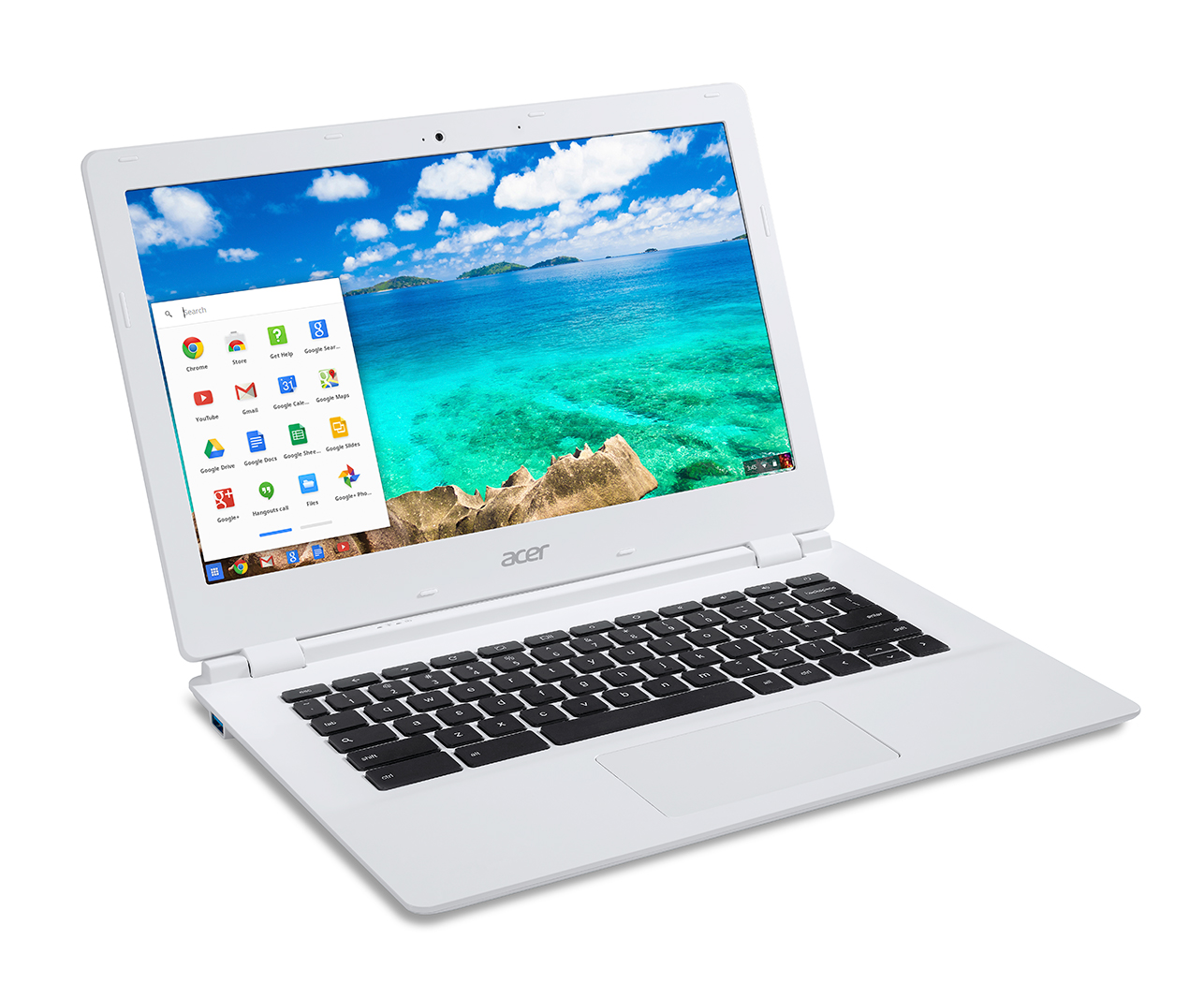 There seems to be a rush in the Chromebook market as all the previously announced models with the Intel Core i3 processors are finally coming in. The majority of them are simply reworking of previous models with the Intel Celeron processors swapped out for the new Core i3. Acer and NVIDIA though announced a new 13-inch Chromebook that is very different thanks to the new NVIDIA Tegra K1 processor that has only been seen so far in the NVIDIA Shield Tablet. This looks to bring some big changes to the Chromebook market.
There seems to be a rush in the Chromebook market as all the previously announced models with the Intel Core i3 processors are finally coming in. The majority of them are simply reworking of previous models with the Intel Celeron processors swapped out for the new Core i3. Acer and NVIDIA though announced a new 13-inch Chromebook that is very different thanks to the new NVIDIA Tegra K1 processor that has only been seen so far in the NVIDIA Shield Tablet. This looks to bring some big changes to the Chromebook market.
Higher Performance But Still Long Battery Life
One of the key features to the Chromebooks has always been their battery life. The problem is that many of them lacked much in terms of performance in order to achieve their low costs and long running times. This is one of the problems that the new Intel Core i3 based Chromebooks are facing. While the performance certainly was improved, the battery life has stayed the same or dropped slightly while the prices have been pushed up.
Using the NVIDIA Tegra K1 processor in the Chromebook 13, Acer is addressing the major problems with the performance particularly when it comes to the graphics but still keeping a very long running time. It is estimated that the Chromebook 13 can last up to thirteen hours on a single charge. Now this is likely under fairly light loads so if you are going a lot you will likely get less but this is still probably going to be one of the longest running Chromebooks on the market.
The most impressive aspect of the NVIDIA Tegra K1 though is the graphics. The graphics on all of the Chromebooks to date have been very limited. They provide enough performance to view video but try and do any 3D tasks on them and that will cause a major slowdown in performance. By using NVIDIA graphics technology on the processor, this Chromebook is actually hs some performance to handle WebGL enhanced applications or media rich web applications like Google Earth. Eventually, more games from the Android realm will likely be ported over to the ChromeOS to take advantage of this new performance.
Another High Resolution Display
One of the big problems with the majority of Chromebooks is that they have very small and low resolution displays. The typical model features just an 11-inch display with a 1366×768 display. There were a few larger Chromebooks that were released but still they had the same resolution. It was only the introduction of the Samsung Chromebook 2 13.3-inch that brought an affordable high resolution display. The problem is that the display was fairly mediocre in terms of color contrast and brightness.
Boring Design
If one thing can be said about Acer’s Chromebooks though is the style. The Chrombeook 13 is no different than previous offerings. It comes with a basic plain white plastic shell and no fancy features. This is one area that Samsung has an edge as its Chromebook 2 because its faux leather exterior at least has the feel of being a premium class system instead of a low cost basic laptop.
